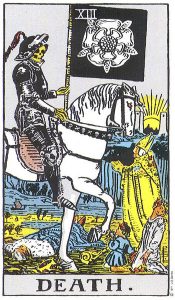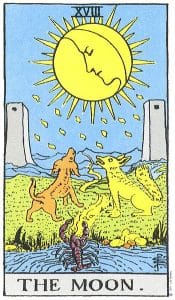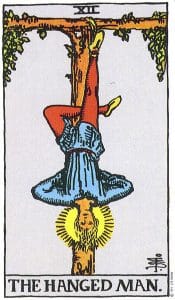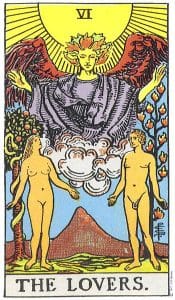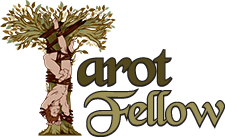TAROT IS A GREAT PARABLE FOR OUR LIVES, THE STORY OF OUR JOURNEY
The first thing you need to know about Tarot is that it is a deck made up of 78 cards. Those 78 cards are divided into two “arcanas.” Arcana is a word meaning “secret” or “mystery.” The 22 Major Arcana cards, when laid out in order, tell a story called The Fool’s Journey. The Fool – the Tarot’s main protagonist – is also a representation of YOU or the person you’re reading for. The Major Arcana cards represent 22 of the most major life lessons, mysteries that we each experience on our journey together.
The remaining 56 cards are referred to as the Minor Arcana – and if you are familiar with playing cards, then you already understand how they are structured. Four suits, numbered Ace through 10, followed by the Tarot Court: a Page, Knight, Queen, and King. These cards represent the daily challenges and victories we face.
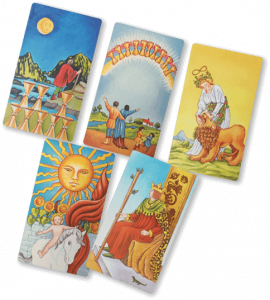
HOW TAROT WORKS
If you’ve been exposed to western religions, then you’re probably familiar with the parables of Jesus recorded in the Bible. How many times have you heard of people flipping their Bible open to a verse that was applicable to them in that very moment?
How have those parables affected you or been applicable to your own life?
Every time you turn to your cards, you are creating a new parable, right there, on the fly–a story specific to the lessons being taught at that particular time. It’s like taking a step out of the trees to see the forest. Consulting your cards will help you see the bigger picture, make choices, develop your intuition, and yes, even hint to future lessons based on where you are and where you’re going.
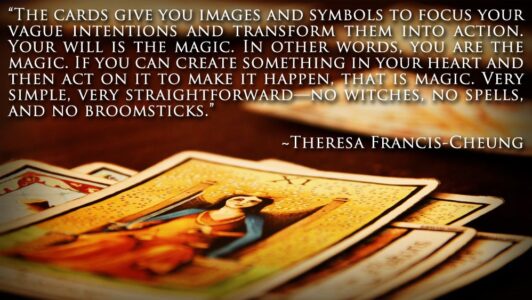
Take a look at one of my favorite quotes.
TAROT VS ORACLE
Tarot is an Oracle deck that follows specific rules. You can call Tarot an Oracle deck, but you can’t call all Oracle decks Tarot. “Oracle” is a parent category for all kinds of decks used for cartomancy, which may or may not follow a particular rule set or pattern. There are angel Oracle decks, chakra Oracle decks, even cat Oracle decks!
There are some other Oracle decks that must follow a rule set in order to use a specific name. Examples of these include Kipper and Lenormand cards.
SO, WHAT'S NEXT?
The next steps are the most fun,
and I recommend getting started right away.
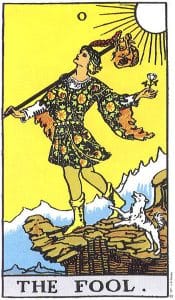
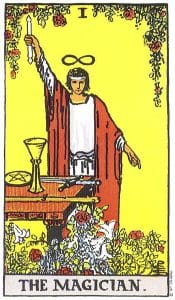
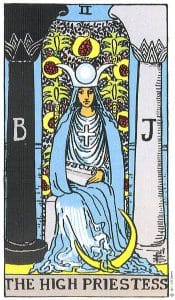
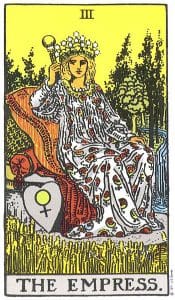
Pick your deck
Selecting a deck is a very personal choice. If you’re a beginner, I recommend the classic Rider-Waite (find out why). You can always expand your deck collection, or pick one with imagery that resonates with you. View all our decks here.
Expand your knowledge
All of the Tarot’s meanings can be found in the story behind each card. Learn these stories and you’ll immediately be able to string them together into an accurate reading. Use the imagery of the cards to recall keywords that remind you of the stories you’ve learned. Experiment with different spreads. Learn how the cards interact with each other.
Apply and Practice
Jump in and read! Whether you pull a card-of-the-day for yourself or read for others, start reading right away. Push yourself to discover parts of the Tarot that are unfamiliar. Overcome areas that give you trouble. Never stop learning. Commit to sharing what you’ve learned, and use it to help those around you on a daily basis. Practice and feedback are the things that set apart a Tarot amateur from a Tarot professional.
Ready to learn more?
Continue to "Expand your Knowledge" for an intro to Shadowed Perspectives and Card Meanings.
